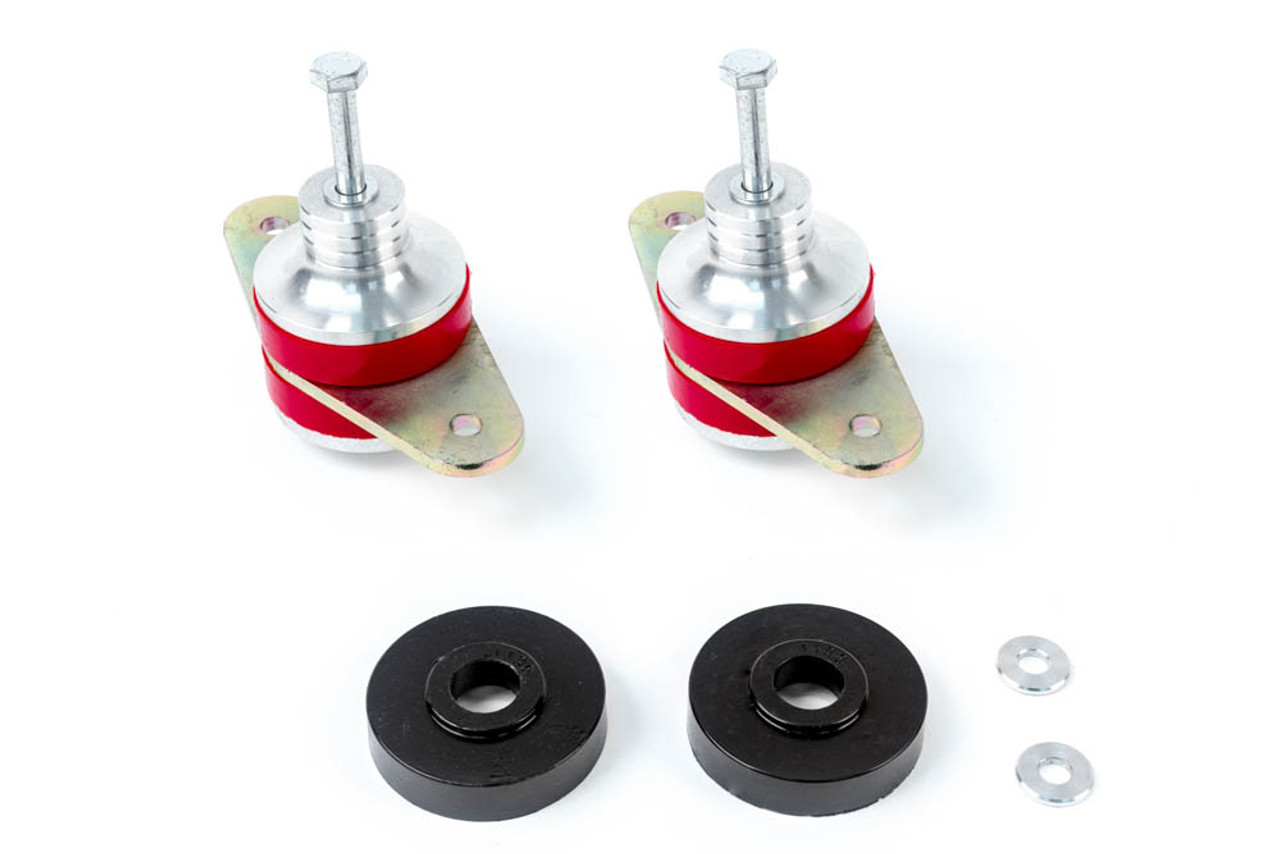5 Signs Your Boat’s Engine Mounts Need Immediate Attention

Your boat’s engine is a powerful machine, but it relies on much more than just fuel and regular maintenance to perform reliably. One of the most critical yet overlooked components supporting engine health is the engine mount. These mounts secure the engine to the boat’s frame, absorb vibrations, and maintain alignment between the engine and propeller shaft. When engine mounts begin to fail, they can compromise safety, performance, and even lead to significant mechanical damage.
If you’re looking to inspect, replace, or upgrade your engine mount, consider browsing the trusted selection available at engine mount. They offer marine-grade mounts designed to handle the harsh conditions of boating and ensure long-term reliability.
Recognizing the early warning signs of engine mount failure is essential. Below are five key indicators that your boat’s engine mounts may need immediate attention.
1. Excessive Vibration or Noise
One of the most common and obvious signs of a failing engine mount is a noticeable increase in vibration or noise during operation. Engine mounts are designed to absorb and isolate vibrations from the engine. When a mount wears out or fails, it loses its ability to dampen engine movement, allowing those vibrations to transfer directly to the hull.
Increased noise levels, especially at idle or low RPMs, often indicate that the rubber or hydraulic material inside the mount has deteriorated. Ignoring this symptom can lead to a more uncomfortable ride and increased wear on other components connected to the engine.
2. Visible Engine Movement
When you start your engine or throttle up, the engine should remain firmly in place. If you notice the engine shifting, jerking, or leaning, it’s likely that one or more mounts have become loose or damaged. Movement can cause strain on connected systems such as the exhaust, cooling hoses, and fuel lines.
In severe cases, a broken mount can allow the engine to shift significantly, causing misalignment with the propeller shaft and leading to potential driveline failure. Immediate inspection and replacement of the faulty mount are necessary to prevent further damage.
3. Misalignment Between Engine and Prop Shaft
Engine mounts play a key role in maintaining precise alignment between the engine and the propeller shaft. If your boat starts experiencing unusual vibrations, decreased performance, or excessive wear on the shaft bearings or couplings, misalignment may be the issue.
Mounts can wear unevenly, leading to a tilt or shift in the engine position. Even a small deviation in alignment can lead to long-term damage to the propulsion system and should be corrected promptly.
4. Cracks, Corrosion, or Wear on Mounts
A visual inspection can often reveal problems before they become critical. Look closely at the rubber or synthetic components of the mount. Signs of cracking, hardening, or deterioration suggest the mount is losing its effectiveness. Likewise, check for rust or corrosion on the metal parts, which can compromise the structural integrity of the mount.
Saltwater exposure and oil contamination can accelerate the degradation of mount materials. If you see any signs of physical damage or aging, replacing the mount sooner rather than later can save you time and expense down the line.
5. Strange Sounds During Acceleration or Deceleration
A thud, knock, or clunk sound when accelerating, decelerating, or shifting gears is often a red flag. This sound may occur when a failing engine mount allows excessive movement, causing metal parts of the engine to contact the mounting bracket or engine bed.
These sounds indicate that the mount is no longer providing adequate cushioning and support. Allowing this issue to persist can damage other components or lead to complete engine displacement in extreme cases.







